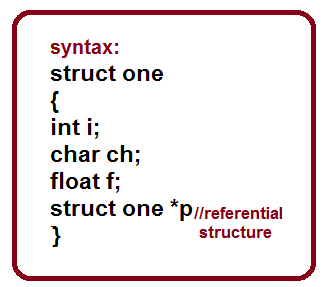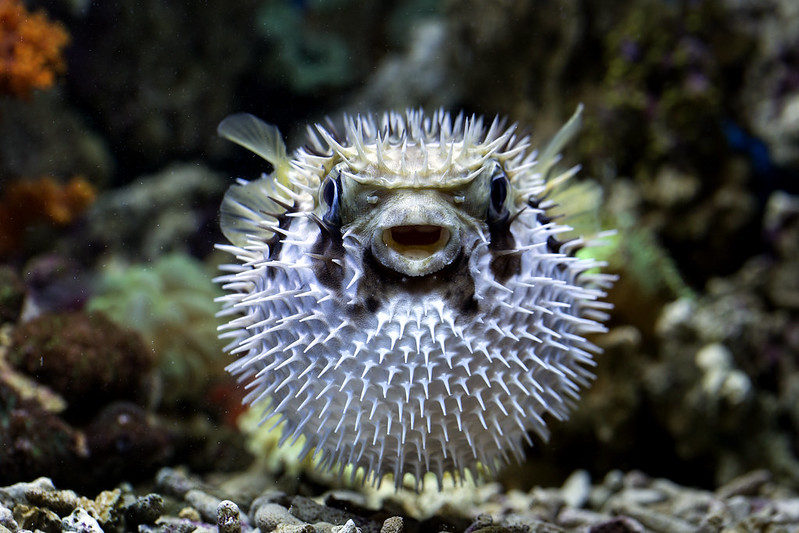Self-referential structures, also known as recursive data structures, are a powerful concept in computer science that allows data to reference itself in some way. In the C programming language, self-referential structures are declared using pointers to declare a structure that contains a pointer to itself. This post will provide an in-depth look at how self-referential structures work in C, their various uses and applications, and examples to help illustrate their implementation and usage.
Pointers to Structures
In C, structures allow us to group together different data types into a single type called a struct. To create self-referencing structures, we must use pointers, as structures cannot directly contain members of their own type. A pointer declaration refers to the memory address of a struct rather than the struct itself. For example:
struct node {
int data;
struct node *next;
};
Here, struct node declares a new struct type that contains an integer called data as well as a pointer called next that points to another struct node. This allows struct node to reference itself.

Memory Allocation with Malloc
To work with struct pointers, we need to dynamically allocate memory at runtime to store struct instances using malloc(). malloc() returns a void pointer that must be explicitly cast to the struct pointer type. For example:
struct node *n = (struct node *)malloc(sizeof(struct node));
This allocates enough memory for one struct node, casts the void pointer to a struct node pointer, and assigns it to the variable n. Failing to cast the malloc return value can cause bugs.
Linked Lists
One powerful application of self-referential structures is linked lists. A linked list represents a linear sequence of data by chaining together struct node instances using their next pointers. For example:
struct node *head = malloc(sizeof(struct node));
head->data = 1;
head->next = NULL;
struct node *current = malloc(sizeof(struct node));
current->data = 2;
current->next = NULL;
head->next = current;
This creates a simple two-node linked list with integers 1 and 2. The next pointers connect the nodes to form the list structure.
Trees
Another common use is binary trees which store data hierarchically. Each tree node would contain data, as well as pointers to its left and right child nodes. For example:
struct node {
int data;
struct node *left;
struct node *right;
};
Trees are extremely useful forRepresentational State Transfer (REST) searching, sorting and other recursive algorithms that operate on hierarchical data. The self-referential structure allows trees to represent parent-child relationships in memory.
Implementation Flexibility
Self-referential structures provide flexibility in how data types are implemented. For example, typedefs can be used to declare pointer types before defining the corresponding struct. This allows interfaces to use the typedef without exposing struct details. Struct definitions can also be separated from prototype declarations across multiple files.
In conclusion, the ability of C structures to reference themselves via pointers creates a powerful basis for implementing recursive data structures like linked lists, trees and graphs. Self-referential structures open up many possibilities in representing hierarchical and networked data in efficient ways.

 The Game Developer's Pathway to Xbox Game Pass
The Game Developer's Pathway to Xbox Game Pass